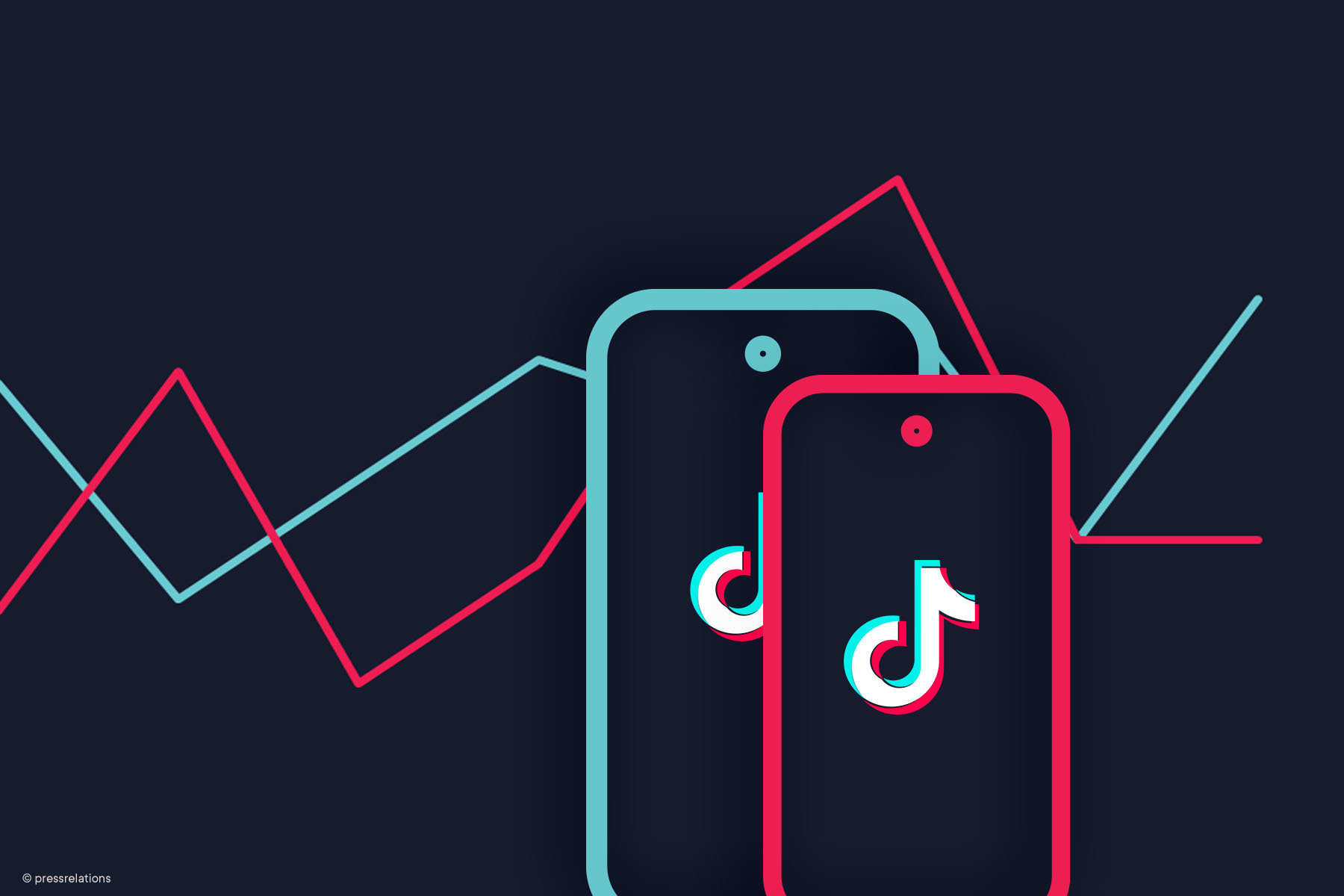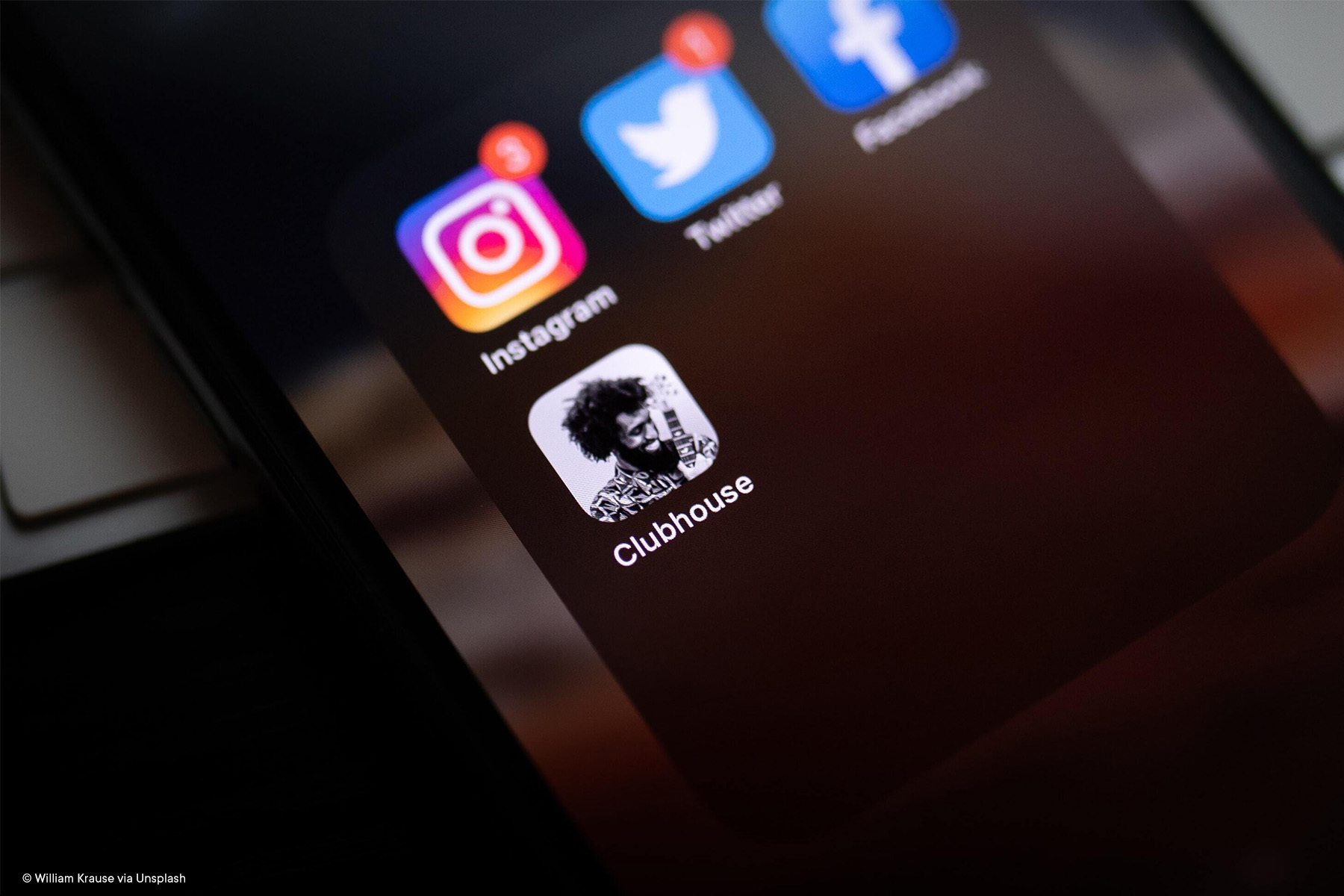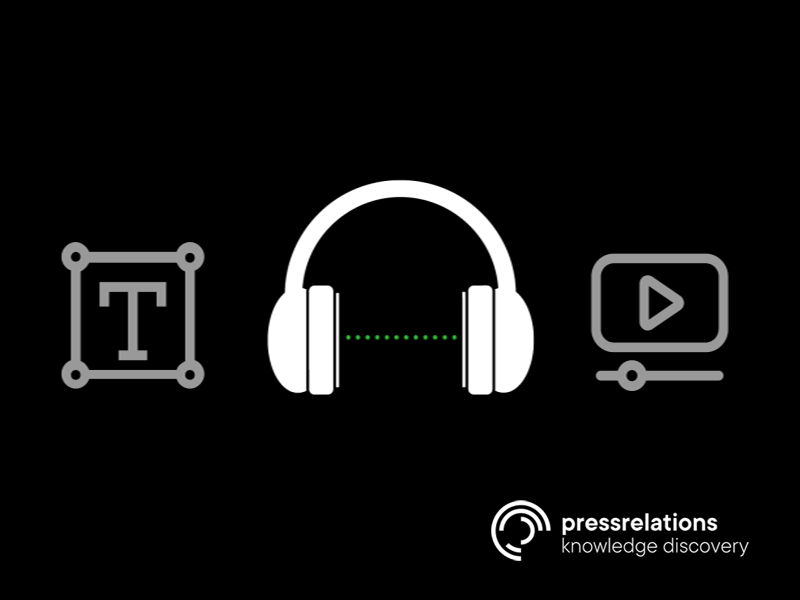Podcasts are becoming more and more popular in Germany, as was also evident during the coronavirus crisis. After all, 33% of Germans regularly used the popular audio format in search of information and updates on the situation. One reason for the success of podcasts is their convenience and accessibility. The format also receives support from popular platforms like iTunes and Spotify, which compete for new programs. An increasing number of creative professionals and companies are launching their own corporate podcasts and see them as a direct link to their target group. Since September, pressrelations also offers a new podcast called “Schöne Aussicht” (Beautiful View) focusing on exciting trends and future topics with Oliver Heyden from pressrelations and Andreas Steinle from the Future Institute Workshop.
The podcast industry will expand even faster through a variety of advertising activities, but also due to technological changes. The following 4 trends have the potential to change the podcast industry for the long term.
Trend #1: Content is king, but quality is queen – professionally produced podcasts will become the standard
Those who want to have long-term success in the podcast business will only achieve this through high-quality content and production. The pressure to become a professional is constantly increasing. In addition to high-quality content, listeners expect good and consistent sound quality that creates a great listening experience anywhere. Above all, media companies and specialized production companies are driving the professionalization of podcast formats. These include powerful players such as Spotify, iTunes, the Bertelsmann-dominated Audio Alliance, numerous publishing houses, and the public sector. Spotify’s acquisition of the podcast companies Gimlet Media and Anchor also aims to offer subscribers exclusive content. Due to their popularity, influencer podcasts and high-quality storytelling formats will certainly be in focus.
Trend #2: The optimization of Listener Experience is a central aspect
In order to stand out from the rest, a podcaster should have a clear picture of the preferences of their target group. Therefore, a trend that will also drive the professionalization of the podcast industry is the increase of the Listener Experience (LX) through improved data collection and analysis. The goal of optimizing the LX is to produce more podcasts that captivate people and create a unique experience for the listener. However, podcast statistics on reach, usage time, and user behavior are still inconsistent and difficult to compare. This is partly due to technical reasons, but also has something to do with the decentralized structure of the podcast market. Downloads are usually technically measured at the server level. Therefore, data collection is not optimized for media files or the specific behavior of podcasters. There is no central measuring point that is recognized and legitimized by everyone to provide something resembling official statistics. The metrics are mainly collected only on the host’s site. It is thus not possible to determine how often a download was played on a device. Streaming, however, allows at least for more precise metrics. However, the recording of listening behavior is done here in separate apps and is therefore only partially meaningful and comparable. To improve this situation and make user data comparable between the various hosts and streaming platforms, the Interactive Advertising Bureau (IAB) published the Podcast Measurement Guidelines at the end of 2017, which provide a uniform tracking and evaluation system. This is an important step on the way to professionalizing the podcast industry and a necessary basis for connecting to more advanced podcast markets such as the USA. Since the second half of the year, Google Podcasts have also been providing more insights about their listeners. The data from Google includes information about how long the user has listened to the podcast and when he switched it off. The podcasters also find out the total number of your listeners and on which end devices they listened to your episodes. However, Google data lacks information on the demographics of the target group. Apple also does not publish this information for privacy reasons. Spotify, on the other hand, advertises with the demographic data of its listeners as a USP.
Trend #3: Targeted advertising of podcasts is on the rise
With the increasing user base, podcasts are also becoming more and more popular among advertisers. Audio advertising will become more predictable and measurable in the future. With Spotify’s new Podcast Ads, you get targeting and analysis options just like with classic online advertising. For example, target groups can be defined according to demographic criteria such as gender, age, and the so-called “Listening Behavior” as well as by selecting your target group by their choice of end device. Spotify promises customers important insights about the user, such as:
- the number of ad impressions
- the range and frequency with which the listeners engage
- additional demographic information and interests such as age, gender, device type, and listening behavior of the reached audience
Trend #4: Optimization of podcasts for voice search
Sooner or later, voice search will become mainstream. According to Google, more than 20% of all search queries worldwide are already made via voice search. The assumption is that voice search will eventually replace text search. If you want your podcast to appear in voice search, you should keep in mind the following tips:
- When selecting podcast titles and descriptions of the episodes, the most important search terms (keywords) should be considered
- In general, writing your own podcast content is an important step in optimizing for voice search
- Structured data and texts (with headings, title, and description) for the podcast episode help not only the user but also the search engine to better understand the meaning of the content and to recognize certain text sections as an answer to a question
- It is an advantage if the podcast content is created to provide appropriate and professional answers to a specific question (“Who”, “How”, “What”). For this, it is necessary to know the expectations and wishes of your target group. With tools like Answerthepublic, you get a good overview of what users want to know about a specific topic and that information is extracted from Google searches
- Another point is the integration of content from podcasts in blog articles.
- Also crucial is the regular monitoring of user behavior and processing and optimization of podcast content as needed
With these tips, you can focus more on voice search and podcast SEO and make it easier for potential listeners to find your podcast, thereby increasing your brand awareness.
Conclusion: The statistics on listeners and the advertising market show that the future of podcasts looks promising. The evolving process of the podcast industry also includes the standardization of its reach and advertising effectiveness. Those who successfully appeal to the right target group with high-quality and unique content will quickly gain access to suitable advertising budgets through cooperation with professional audio marketers.






